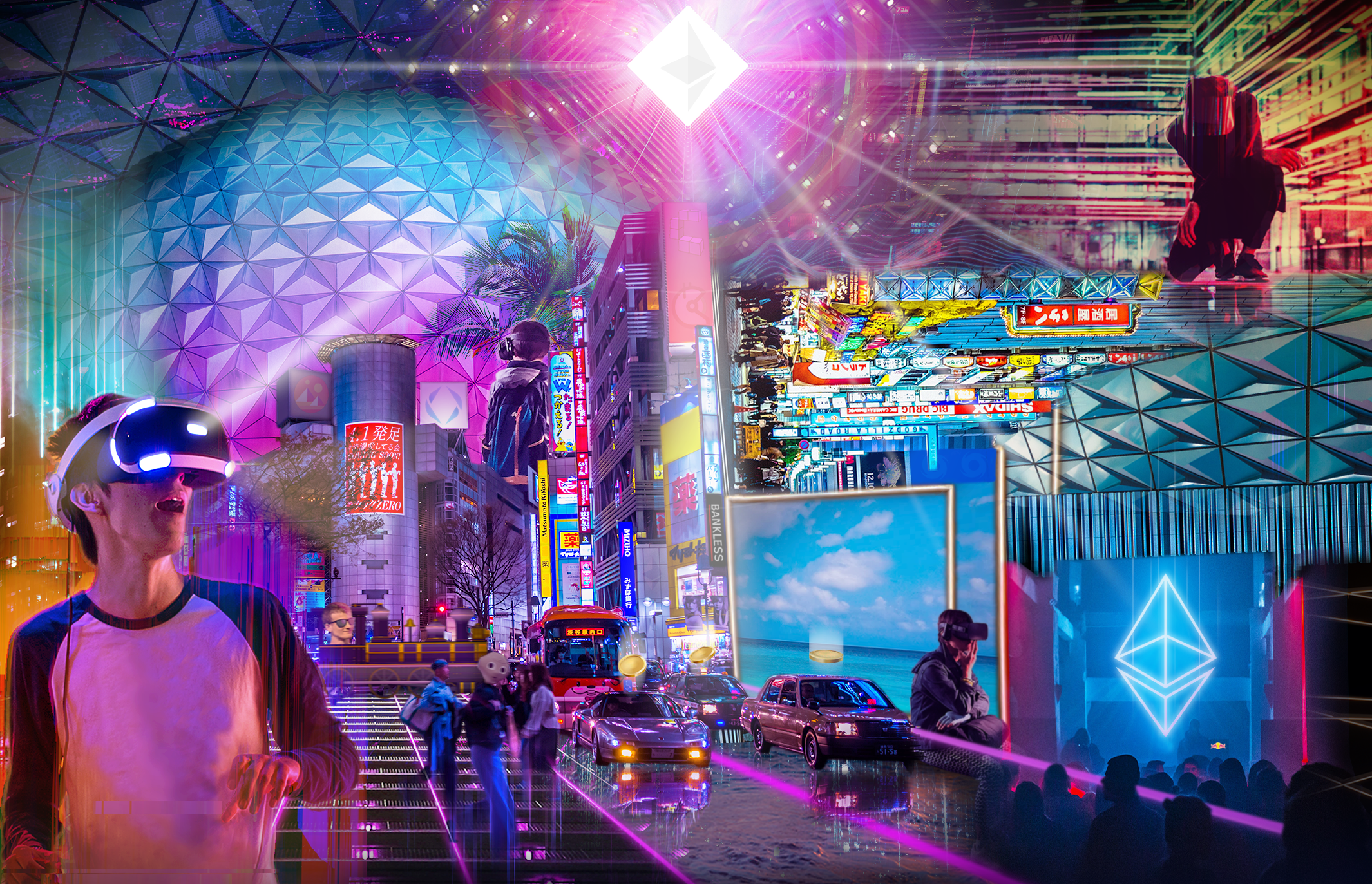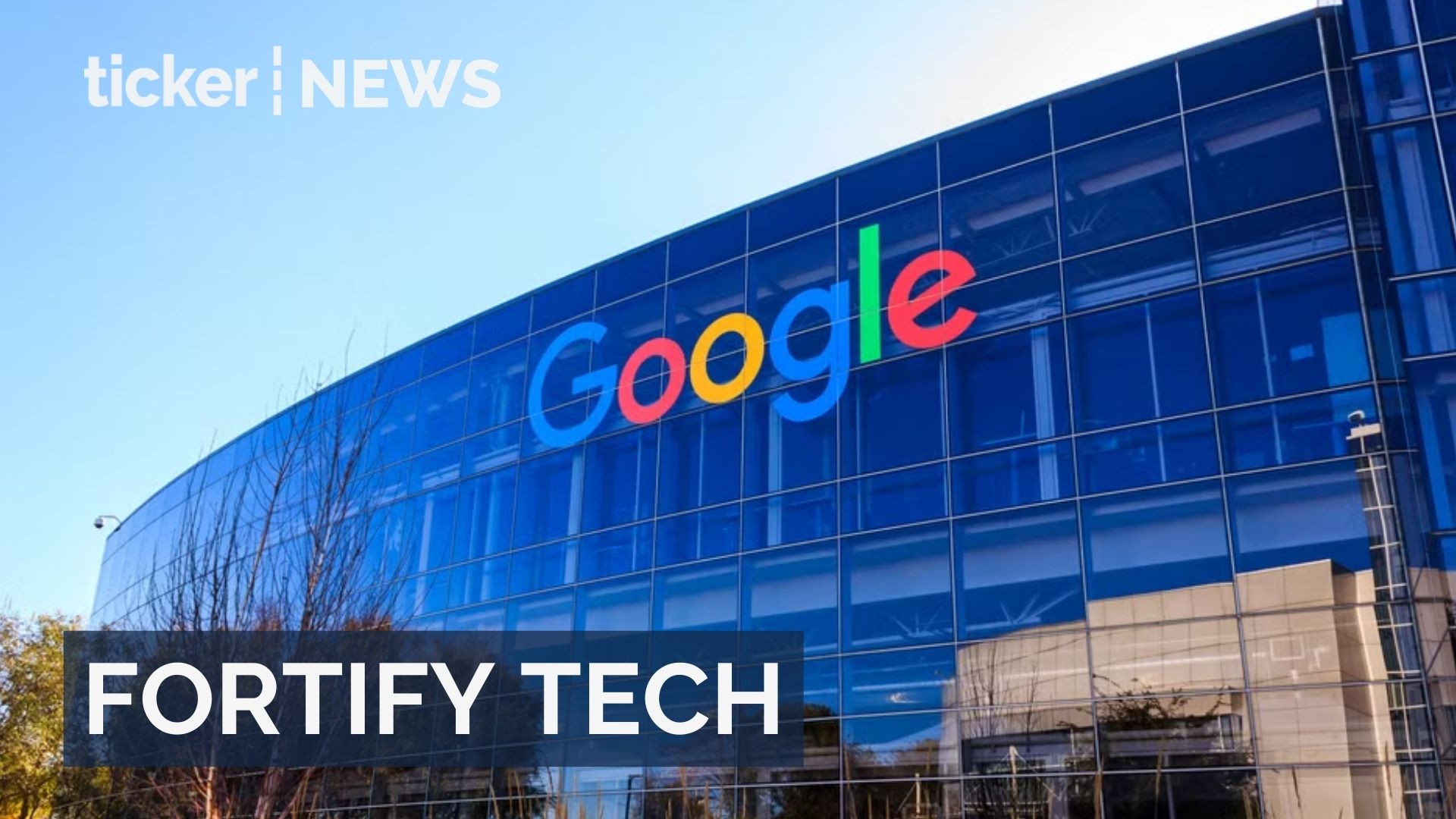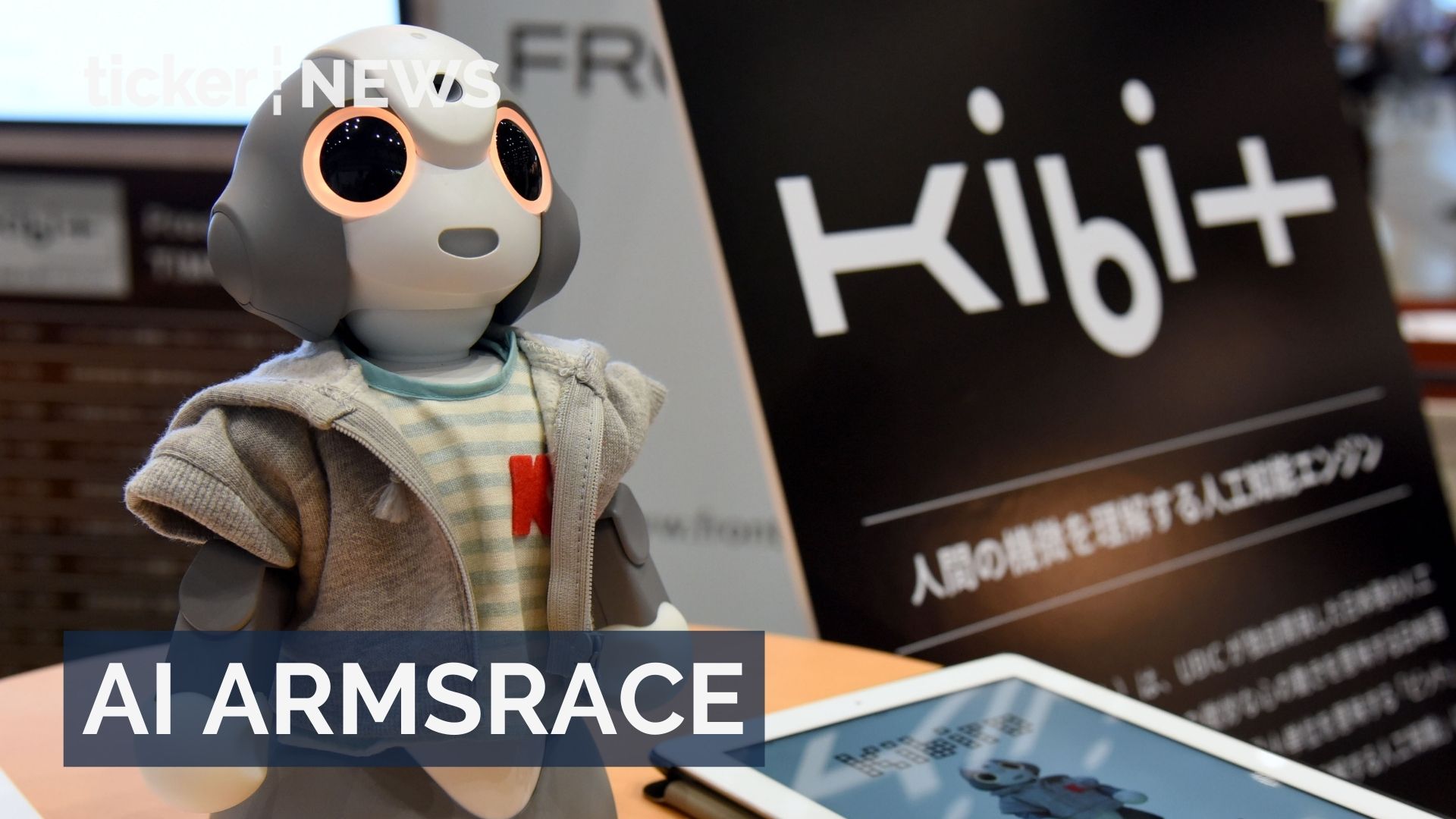The future of the internet is augmented reality, virtual reality, and spatial computing technology
Cathy Hackl is a leading technology futurist. A futurist helps organisations anticipate change, retain market relevance, and imagine the possible scenarios that could play out.
Hackl harnesses emerging trends and emerging technologies to do this. She is a top female in the global technology space, specialising in augmented reality, virtual reality, and spatial computing. With a big emphasis on understanding the metaverse.
What is the metaverse and why should we be paying attention?
The Metaverse is defined broadly as the intersection of many virtual worlds with the physical one. In today’s society, we have our physical person, but we also have our digital persona. Our digital persona is who we are on LinkedIn, Instagram, TikTok, or other social media platforms.
The Metaverse is a convergence of both the physical and the digital, to become the next version of the internet and computing. Growth in the metaverse will accelerate, as new technologies like virtual reality and blockchain, gain further mainstream adoption.
“Web 1.0 connected information gave us the internet, web 2.0 connected people give us social media, and then web 3.0, where we’re heading connects people, places, and things.”
Cathy Hackl
The virtual workforce
Metaverse is becoming a more common term in business. Moving into the future of this technology businesses will need the cloud and cutting edge computing. Every single industry, can use these technologies, with virtual reality or augmented reality.
Hackl says she has worked with companies like Amazon Web Services and United Parcel Service where they’re implementing this virtual technology for productivity.
“They had already started training their drivers, their logistics and delivery drivers using virtual reality. Whether it is training and upskilling in the workforce, whether it is the education of medical students doing operations on digital courses before they actually get to the operating room.”
Cathy Hackl
From the Defence force to Government, virtual reality is the future of the workforce for training, as well as policy design.
“Being able to put lawmakers in the device and show them you know, exactly some of the things that you might be envisioning, or that you know, are part of the fence might be requesting funds for.”
“Businesses need to think about technologies, not as a toy, but as a tool”
Cathy Hackl
What to keep your eye on
Hackl says there will be two things to watch in this immediate space. Firstly, it will be non-fungible tokens (NFTS), moving away from crypto art or collectibles but into becoming a utility themselves. Secondly, we will see an increase in virtual fashion and virtual dresses, where you will be able to change the outfits of your digital persona.




 Money3 days ago
Money3 days ago


 Leaders3 days ago
Leaders3 days ago


 Tech2 days ago
Tech2 days ago


 Tech2 days ago
Tech2 days ago


 Property17 hours ago
Property17 hours ago


 News3 days ago
News3 days ago


 Money17 hours ago
Money17 hours ago


 News2 days ago
News2 days ago






